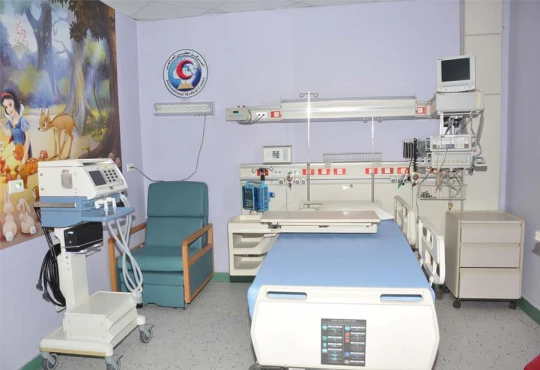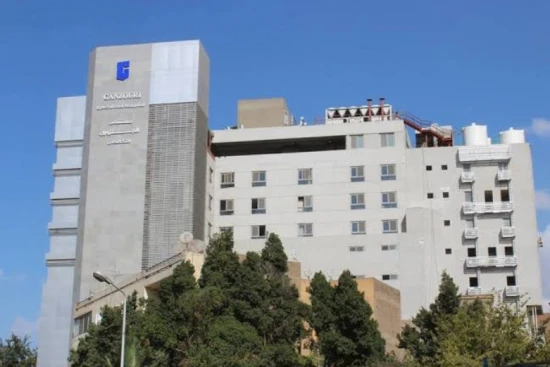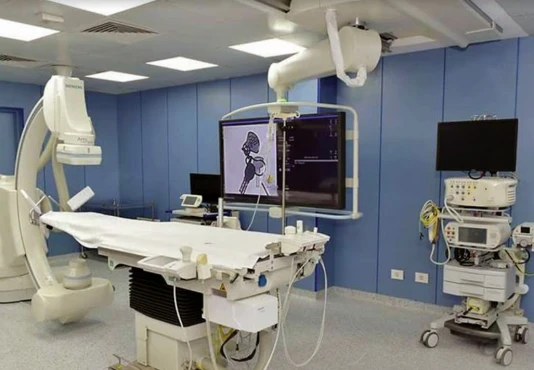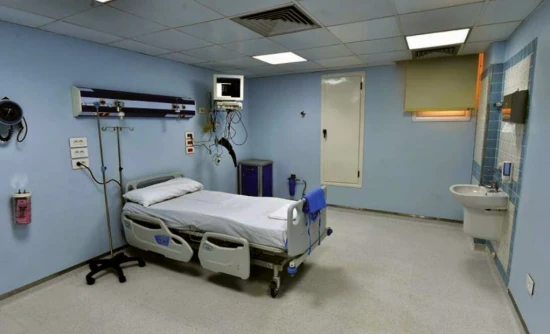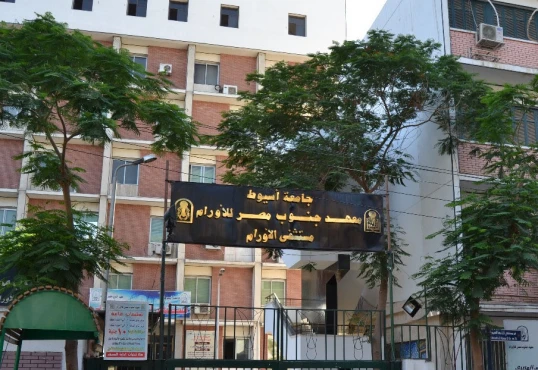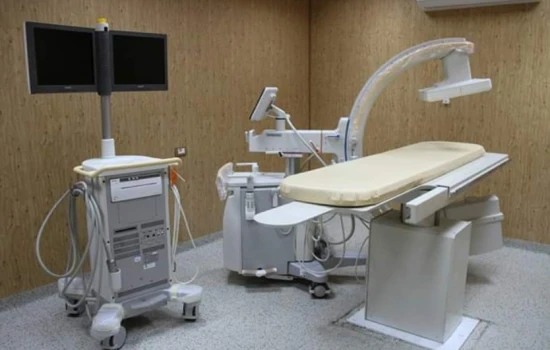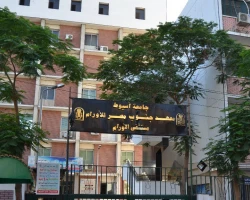Benign liver tumor treatment in 1 Oncology clinic in Kenya
1 clinic specializing in Oncology providing treatment of
Benign liver tumor
A benign liver tumor refers to a non-cancerous growth in the liver. It can be asymptomatic or cause symptoms such as abdominal pain or discomfort. Treatment options depend on the type and size of the tumor and may include observation or removal.
Read more...
disease in Kenya.
Besides this clinic there are 15 Oncology clinics in Africa.
Such diseases are treated by Aga Khan University Hospital: Benign liver tumor, Bile duct cancer, Liver cancer, Liver cyst, Liver metastases, and others.
Sorted by:
Relevance
Rating
Relevance
Prices for popular procedures:
Relevant clinics
Perhaps you should consider the following relevant clinics we have found basing on your Location, Disease filters applied.
Prices for popular procedures:
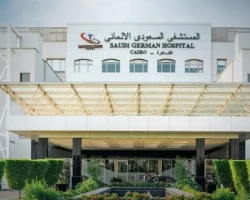
Cairo, Egypt
Specializations: Cardiac surgery, Vascular surgery, Thoracic surgery, Neurosurgery, Spine surgery, Orthopedic surgery, Oncology
Languages: English
SGH-Cairo is the first hospital of the group located in Africa; it is one of the major tertiary care hospitals in Cairo and Egypt. With
read more
Prices for popular procedures:
Prices for popular procedures:
Prices for popular procedures:

Cairo, Egypt
Specializations: Cardiac surgery, Vascular surgery, Thoracic surgery, Neurosurgery, Spine surgery, Orthopedic surgery, Oncology
Languages: Arabic, English
Ganzouri Specialized Hospital (GSH) is a private general hospital, operating & rendering services to our community for almost 50 years. Our hospital includes 8 highly
read more
Prices for popular procedures:

Cairo, Egypt
Specializations: Cardiac surgery, Vascular surgery, Thoracic surgery, Neurosurgery, Spine surgery, Orthopedic surgery, Oncology
Arab Contractors medical Center has been established in 1981 by Arab Contractors Company (Osman Ahmed Osman & Co.) as generous initiative of the guru, Eng.
read more
Countries with the highest number of clinics treating the diseases:
Benign liver tumor:
worldwide
630 clinics
Brazil
39 clinics
Germany
39 clinics
India
37 clinics
Colombia
25 clinics
Russia
25 clinics
Related procedures:
Procedures are likely to be used for Benign liver tumor treatment:
Chemoembolization,
Major liver resection,
Microwave tumor ablation (MWA),
Minor liver resection,
and
Non-anatomic liver resection (NAR)
.











